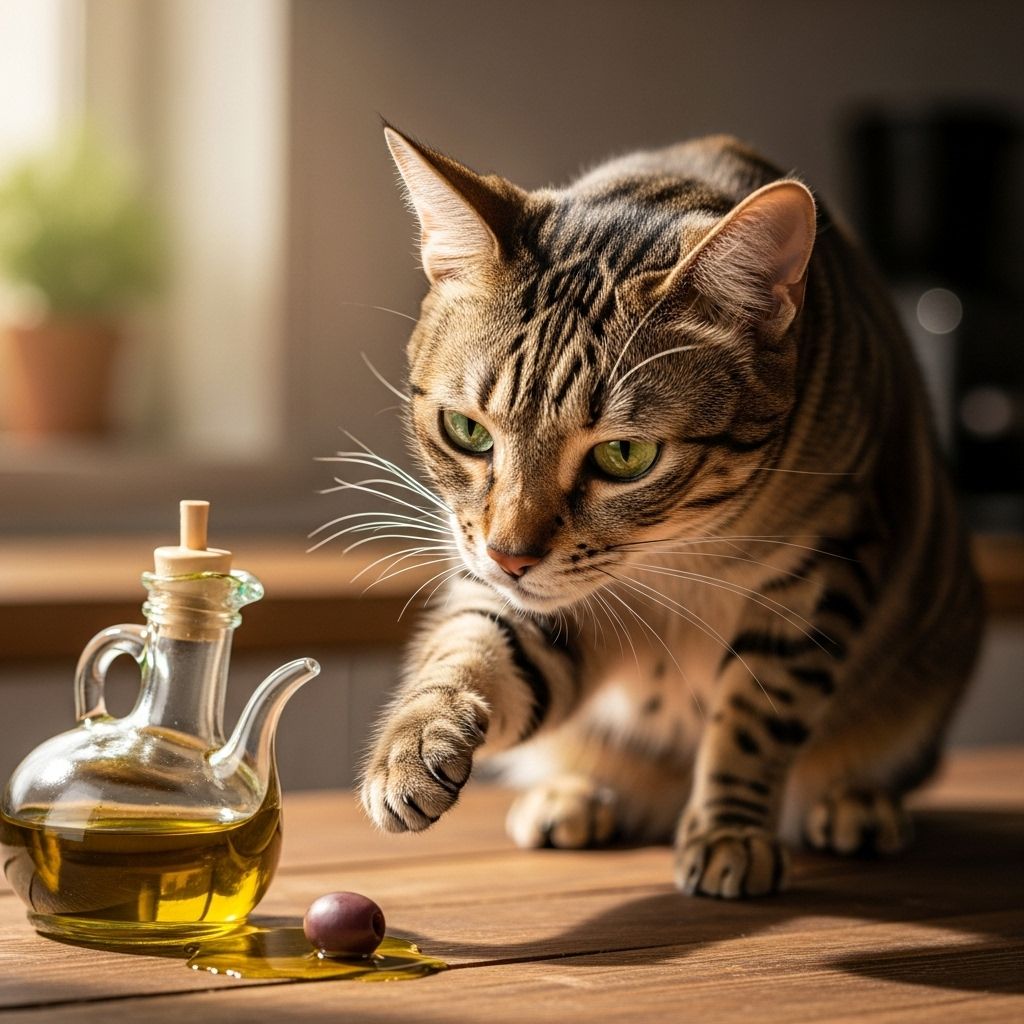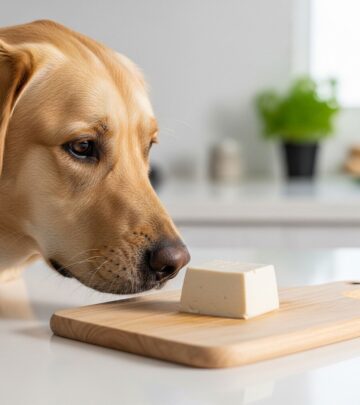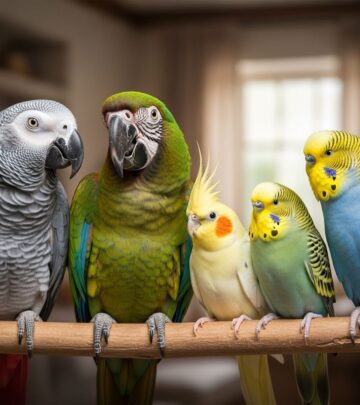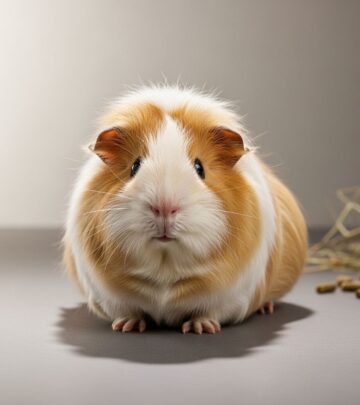Can Cats Eat Olives? A Complete Guide For Cat Owners
Explore the safety, health implications, and expert tips for offering olives to your feline friends safely and responsibly.

Image: HearthJunction Design Team
Can Cats Eat Olives? A Comprehensive Guide for Cat Owners
Olives are a staple of the Mediterranean diet, renowned for their delicious flavor and nutritional perks for humans. But as a curious cat parent, you may wonder: can cats eat olives? In this comprehensive article, we’ll explore whether olives are safe for cats, their potential benefits and risks, and how to offer them responsibly. We’ll unravel why some cats go wild for olives and answer common questions about this popular snack and your feline’s wellbeing.
Table of Contents
- Are Olives Safe for Cats?
- Health Benefits of Olives for Cats
- Why Are Some Cats Obsessed With Olives?
- Potential Risks of Feeding Olives to Cats
- How to Feed Olives to Your Cat Safely
- Types of Olives and Olive Products
- Frequently Asked Questions
Are Olives Safe for Cats?
The good news for feline fans of this salty snack: olives are not toxic to cats. Both green and black olives can be offered to cats in very small quantities and only as an occasional treat, assuming they are plain, unsalted, and have no added flavors or preservatives.
However, olives are not a natural part of a cat’s carnivorous diet. Cats derive most of their nutritional needs from animal protein. Olives should never substitute for a balanced, meat-based feline diet.
- Plain, unsalted, seedless olives are best.
- Offer no more than a small piece (less than a whole olive) at a time.
- Never make olives a routine part of your cat’s meals.
Health Benefits of Olives for Cats
Olives are loaded with healthy nutrients for humans, such as antioxidants, vitamin E, iron, and copper. But do these benefits translate to our feline friends?
| Nutrient (per 4 large olives, 15g) | Amount |
|---|---|
| Calories | 18 |
| Carbohydrates | <1g |
| Protein | 0.14g |
| Fat | 1.69g |
| Fiber | 0.5g |
| Sugar | 0.2g |
| Vitamins/Minerals | Vitamin A, Vitamin E, Copper, Calcium, Iron |
Olives contain antioxidants and anti-inflammatory compounds. For humans, these can help reduce the risk of cancer, heart disease, and diabetes. In cats, antioxidants may help neutralize cell-damaging free radicals and potentially help with inflammation (such as arthritis). However, cats produce their own vitamin C and get all other necessary nutrients from their commercial diet. Thus, the health benefits of olives for cats are marginal at best.
Key Benefits (in Theory):
- May provide small amounts of antioxidants and vitamins (A, E).
- Some anti-inflammatory effects possibly beneficial for senior cats’ mobility.
Important: No scientific evidence shows that olives provide significant health benefits to cats. Always consult your veterinarian before introducing new foods to your pet’s diet.
Why Are Some Cats Obsessed With Olives?
Have you noticed your cat goes wild at the mere whiff of olives? You’re not alone! Many cat owners report their cats are obsessed with olives, and there’s a fascinating reason why.
Olives contain a compound called isoprenoids, chemically related to nepetalactone—the active ingredient in catnip. When cats encounter isoprenoids, these compounds bind to receptors in the vomeronasal organ (located in the roof of the mouth), provoking the famous catnip response: euphoria, rolling, cheek rubbing, and playful antics.
- Not all cats are sensitive; about 60% respond to catnip and similar substances.
- Cats may rub against, chew, or play with olives as they do with catnip toys.
Cats’ quirky obsession with olives is driven more by scent than by taste or nutrition!
Potential Risks of Feeding Olives to Cats
While small, plain pieces of olive are safe for cats on rare occasions, there are some important health and safety risks to consider:
- High Sodium Content: Most commercially available olives—especially jarred or canned—are very salty. Excess sodium can lead to dehydration, electrolyte imbalance, or even sodium poisoning (expressed as vomiting, diarrhea, or lethargy) in cats.
- Choking Hazard: Olive pits are a major risk. They can get lodged in your cat’s throat, break teeth, or cause intestinal blockages if swallowed.
- Digestive Upset: The high fat content of olives may cause vomiting, diarrhea, or stomach upset in sensitive cats.
- Empty Calories: Olives do not provide meaningful nutrition for cats and can contribute to excessive calorie intake, leading to weight gain.
- Preservatives/Additives: Many olives are packed with garlic, onions, or other ingredients that are toxic to cats.
Warning Signs of Olive Overindulgence in Cats
- Lethargy or weakness
- Diarrhea, vomiting, or drooling
- Difficulty breathing or excessive thirst
If you observe any of these symptoms, contact your veterinarian immediately.
How to Feed Olives to Your Cat Safely
If you choose to offer your cat olives, keep these crucial safety guidelines in mind:
- Offer only as an occasional treat — no more than a small piece, and no more than once or twice a week.
- Avoid all additives, salt, or seasonings — plain, unsalted, pitted olives are the only safe option.
- Remove pits completely — olive pits are a choking and obstruction hazard.
- Monitor your cat — after feeding any new food, keep an eye on your cat for signs of digestive upset or allergic reaction.
- Consult your vet — if your cat has chronic illness or is particularly sensitive, get professional guidance before introducing olives.
Types of Olives and Olive Products
Green Olives vs. Black Olives
| Type | Safety for Cats | Special Considerations |
|---|---|---|
| Green Olives | Safe in moderation (unsalted, plain, pitted) | May be more alluring due to higher isoprenoid content, more likely to have pits or be stuffed |
| Black Olives | Safe in moderation (unsalted, plain, pitted) | Typically less salty, softer, still require pit removal |
Olive Oil
Olive oil is not toxic to cats, but its high fat content can cause vomiting or diarrhea if ingested in excess. It should not be used as a regular supplement unless specifically recommended by your vet.
Stuffed and Flavored Olives
- Never offer olives stuffed with garlic, onion, cheese, or pimento—these ingredients can be toxic to cats.
- Avoid olives with added herbs, brine, or vinegar.
Frequently Asked Questions
Q: Are olives toxic to cats?
A: Plain, unsalted olives are not toxic to cats. However, stuffed, seasoned, or brined olives may contain harmful ingredients. Always offer olives in their simplest, pitted form.
Q: Why is my cat obsessed with olives?
A: Many cats react to the isoprenoids in olives in a similar way to catnip, which may cause playful, euphoric behavior. This reaction is driven by scent chemicals, not by nutrition or taste.
Q: Can kittens eat olives?
A: It’s best to avoid giving olives to kittens. Their digestive systems are still developing, and the risks outweigh any negligible benefits.
Q: How many olives can I give my cat?
A: No more than a small piece (less than one olive) once or twice per week is recommended, and only as a treat—not a dietary staple.
Q: What should I do if my cat eats a lot of olives?
A: Watch for signs of digestive upset, dehydration, or choking. If your cat shows any unusual symptoms, contact your veterinarian.
Conclusion: Should You Give Your Cat Olives?
Olives are safe for cats in tiny, plain, pitted amounts as an occasional treat—but they offer little nutritional value. The greatest dangers are high salt content, choking hazards, and possible digestive issues. For most cats, a well-balanced meat-based diet is best, and olives should remain a very rare indulgence. If your cat loves the scent, consider giving them a catnip toy instead!
References:
- Spot Pet: Can Cats Eat Green Olives or Black Olives? What About Olive Oil?
- Noots Pets: Can Cats Eat Olives? The Truth About Your Cat’s Obsession with Olives
- TrustedHousesitters: Can Cats Eat Olives?
- Cooper & Gracie: Can Cats Eat Olives?
- Cats.com: Why Are Some Cats So Obsessed With Olives?
References
Read full bio of Anjali Sayee












